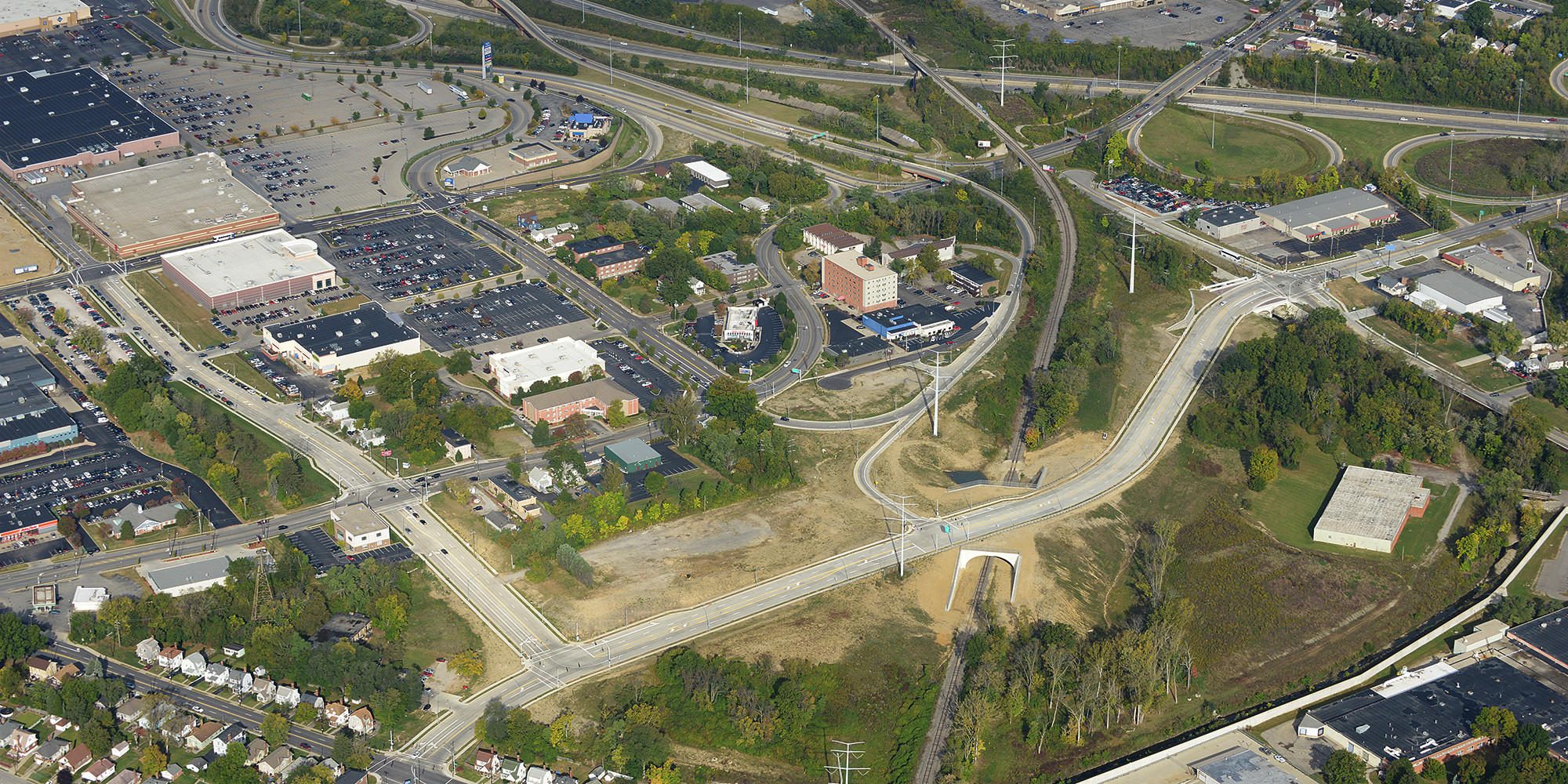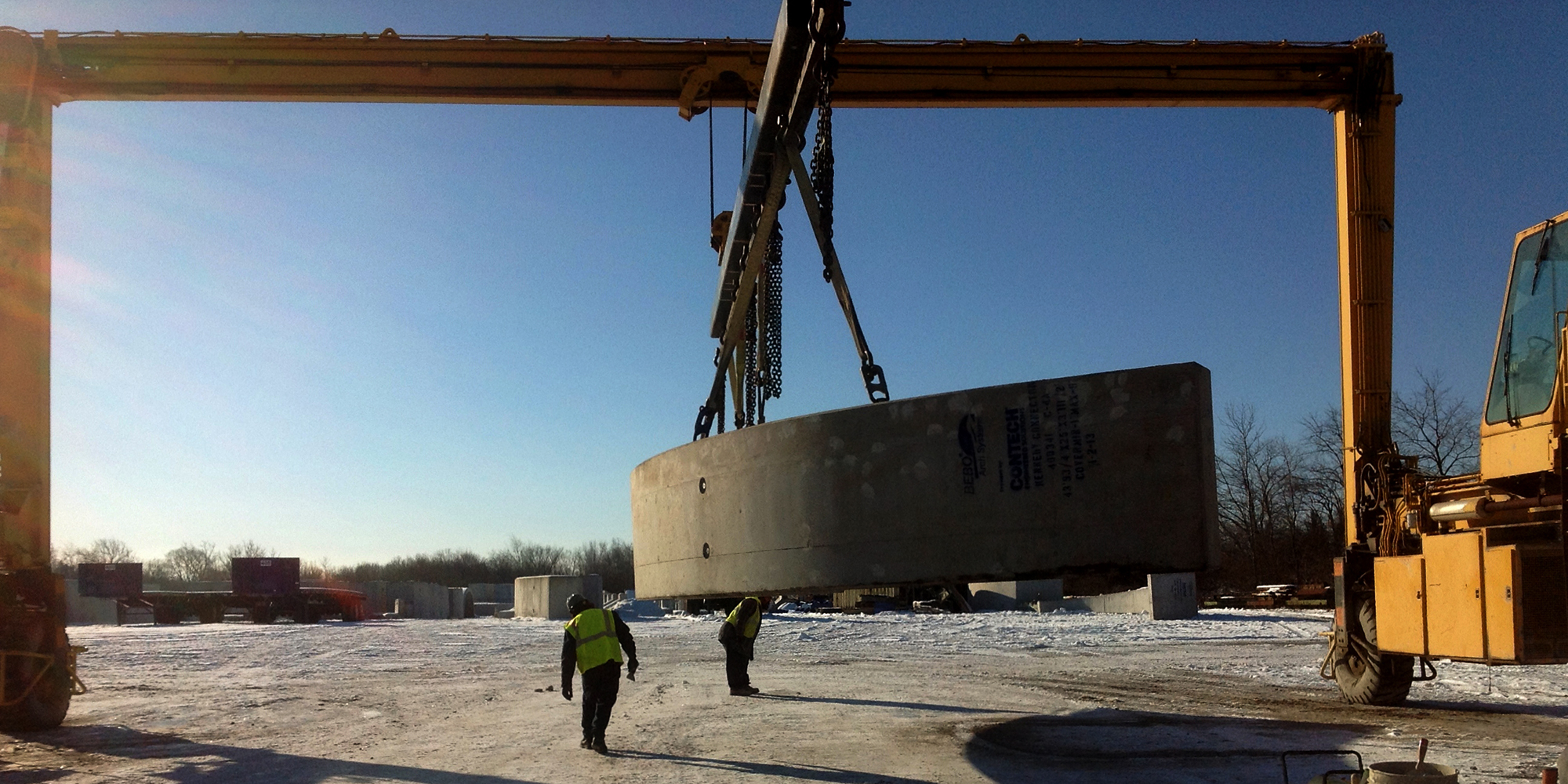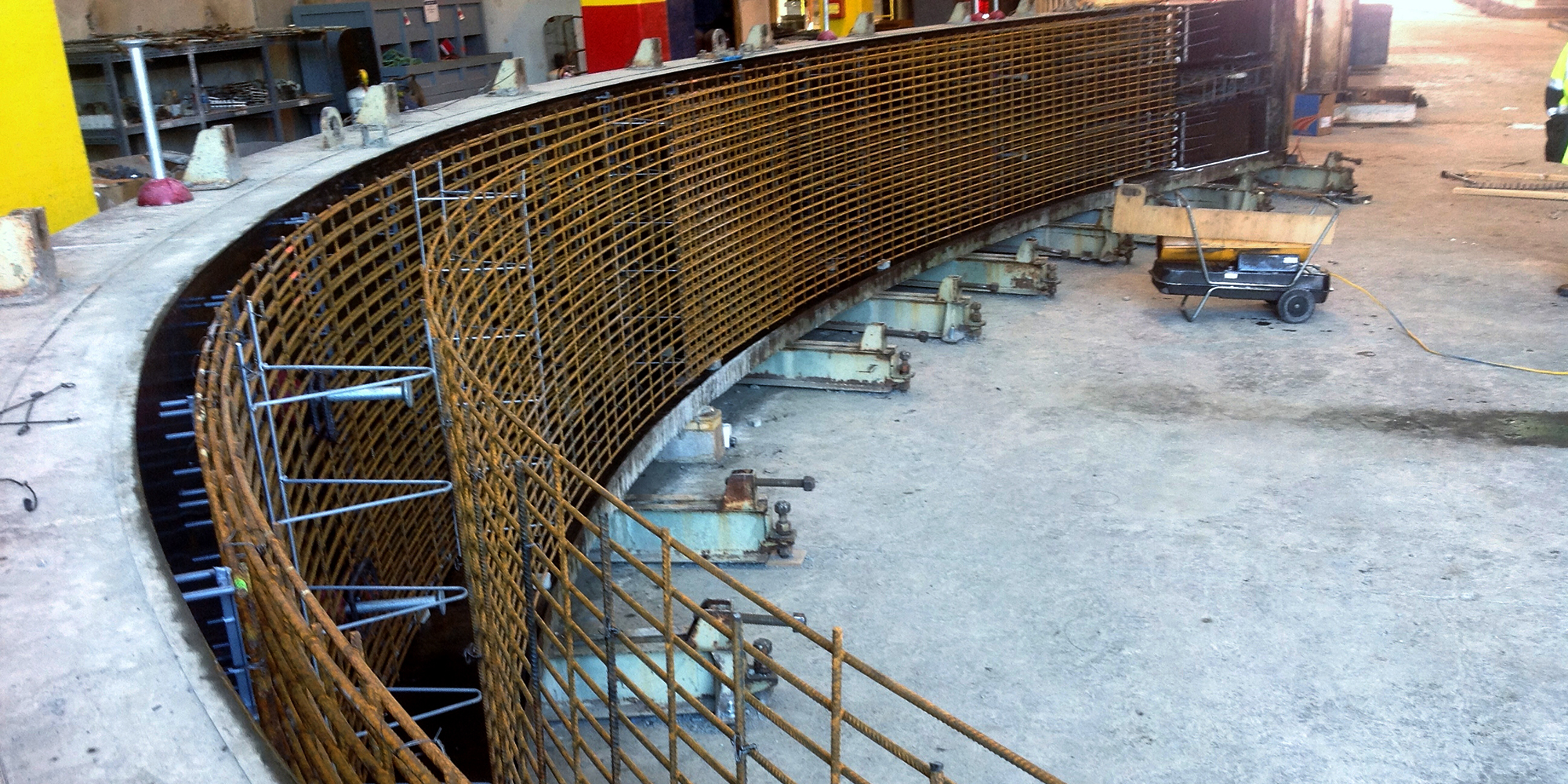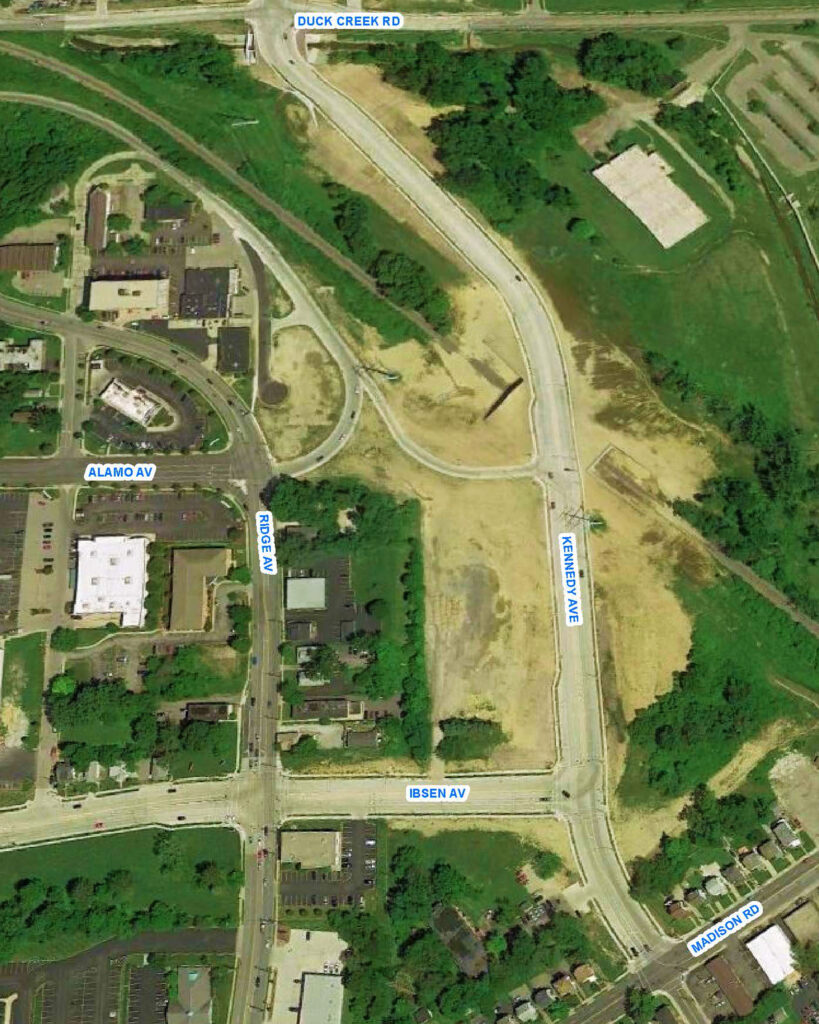Kennedy Connector
IBI Group, working for the City of Cincinnati, prepared a conceptual design to redevelop a 110 acre brownfield site and 20 acres of under-utilized land into a roadway system that would improve access to the interstate, reduce congestion, and improve air quality.
Client
City of CincinnatiLocation
Cincinnati, OH
110 acre
Site
20 acre
Redevelopment
7,100 lft
Roadway



Mobility+
A new mobile ecosystem is changing the way we interact with and move throughout our cities.
Project Leaders
Visit Jeffrey B. Koehn's ProfileVisit Mike Murray PE LEED AP's ProfileVisit Jeff Hackenbracht's Profile
Jeffrey B. Koehn
Director | Transportation, United States
Cincinnati, OH
Mike Murray PE LEED AP
Director | Municipal Infrastructure, United States
Columbus, OH
Jeff Hackenbracht
Senior Project Manager
Westerville, OH




